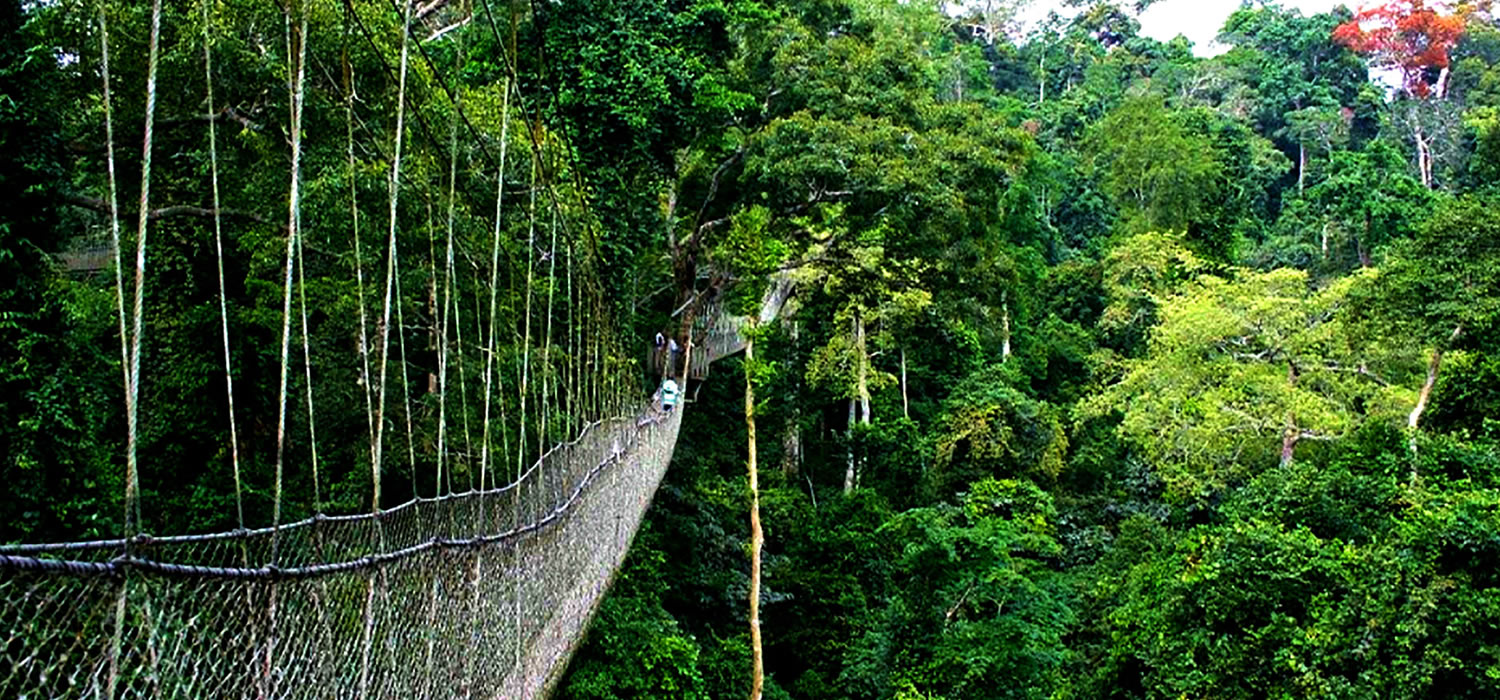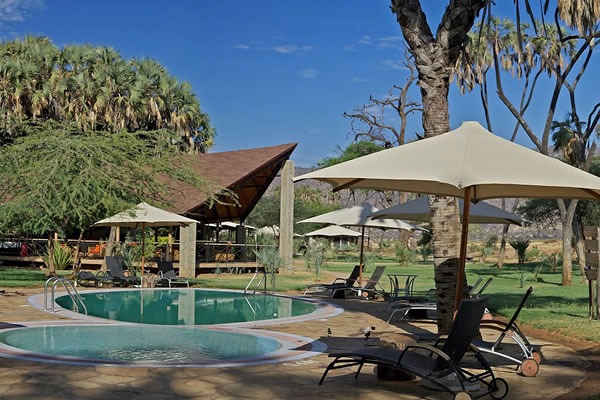

Nyungwe Forest National Park was established in 2004. It is almost 1000 sq km in size and is the prime destination for chimpanzee trekking in Rwanda. Incredible biodiversity, including 13 primate species and almost 300 species of bird makes this an undiscovered wildlife destination. This forest is home to 25% of all of Africa's primates, including a large population of chimpanzees, which produce the national park's main attraction: chimpanzee trekking. Nyungwe Forest National Park was established in 2004 and covers an area just under 1000 sq km of rainforest, bamboo, grassland, swamps, and bogs. Along with its biodiversity, Nyungwe is an important water catchment for Rwanda and contains many natural resources integral to Rwanda’s human populations. The Albertine Rift forms the epicentre of Africa's montane rainforest circle. It is dominated by a series of mountain chains, originating on the Lendu Plateau in northern Uganda and Congo, running south through the Rwenzori Mountains, western Rwanda and Burundi, to some isolated massifs on the shores of Lake Tanganyika. The Albertine Rift eco-region is one of Africa's most endemic rich regions.
Nyungwe forest has a wide diversity of animal species, making it a priority for conservation in Africa. The forest is situated in a region where several large-scale bio-geographical zones meet and provide a great span of micro-habitats for many different species of plants and animals. The park contains 13 different primate species, over 300 bird species, 1068 plant species, 85 mammal species, 32 amphibian and 38 reptile species. The avian highlight of Nyungwe is the great blue turaco; an outlandish blue, red and green bird that streams from tree to tree like a procession of psychedelic colour. Serval cats have also been spotted in the park, adding to the minor carnivore population. The forest, which reaches its maximum altitude of 3000m above sea level, is of particular interest for the presence of colonies of chimpanzees and Angola colobus, which is now extinct in Angola due to hunting. A population of around 400 chimpanzees, 2 troups of which are habituated to human contact. Hiking in the beautiful reserve and encountering these chimps is what draws most visitors to the area. There is also an extensive network of forest hikes from park headquarters, including a very high and dramatic suspension bridge.
Copyright © Viagens Africa Safaris . All rights reserved.| Design by Khaizen Solution.





